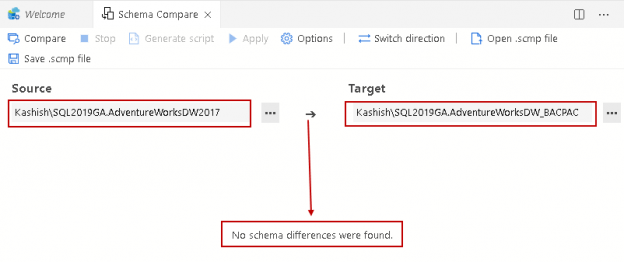
Importing a BACPAC file for a SQL database using SSMS
February 6, 2020This article gives you an overview of BACPAC package and its usage in SQL Database data refresh (data import and export) using SQL Server management studio.

This article gives you an overview of BACPAC package and its usage in SQL Database data refresh (data import and export) using SQL Server management studio.
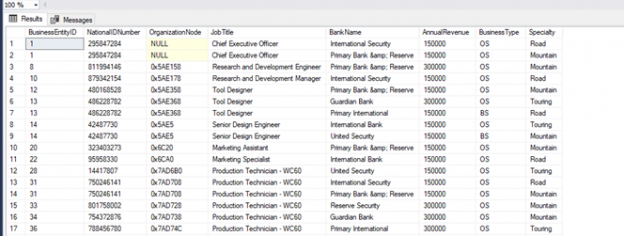
XQuery in the SQL Server helps to query and extract data from XML documents. XQuery gives different approaches to get information from the XML document and the equivalent can be used on applying a data filter or where clause on XML elements as well.
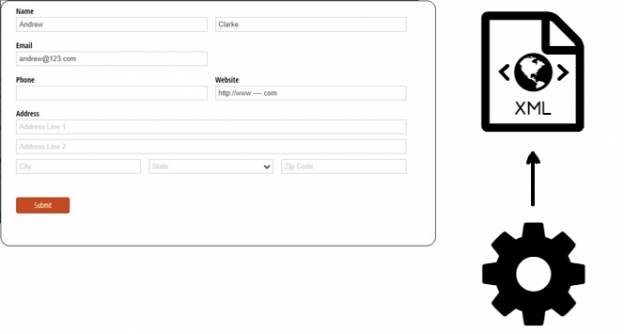
Delete operations over SQL XML should be possible with either erasing the XML document with the XML data type column or delete XML tag or attribute in the XML document using XQuery. The utilization of the XML data type with XQuery is tricky and significant in SQL Server.

In my career, I’ve heard many times, things like “How to write a complex SELECT query?”, “Where to start from?” or “This query looks so complex. How you’ve learned to write such complex queries?”. While I would like to think of myself as of a brilliant mind or genius or add something like “query magician” […]
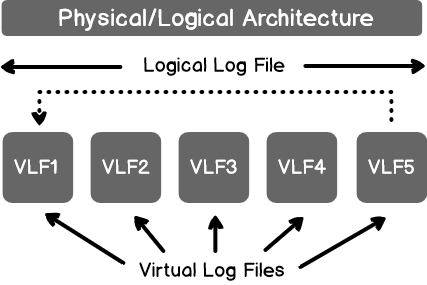
This article explores the use of multiple SQL Server Transaction Log Files and the process of removing the secondary transaction log file.
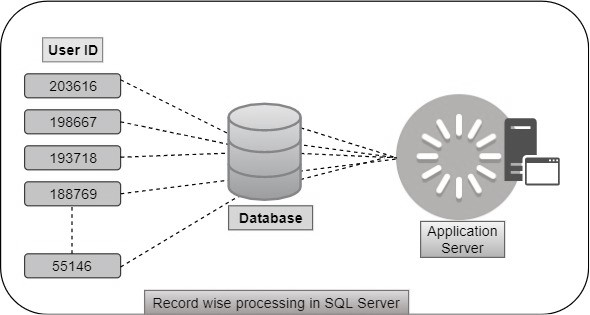
Database developers often need to convert a comma-separated value or other delimited items into a tabular format. Delimiters include pipe “|”, hash “#”, dollar “$” and other characters. SQL Server compatibility level 130, and subsequent versions, support a string_split() function to convert delimiter-separated values to rows (table format). For compatibility levels under 130, developers have […]
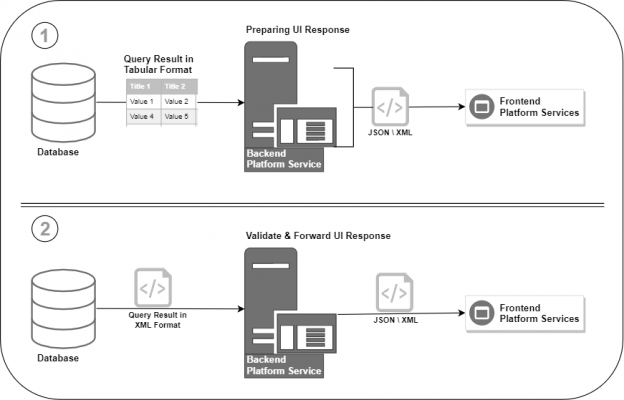
The XML data type is a very common data type that is used to store unstructured or heterogeneous data in SQL Server. In this article, we will discuss the use of the XML data type along with its benefits, disadvantages, and limitations within various use cases.
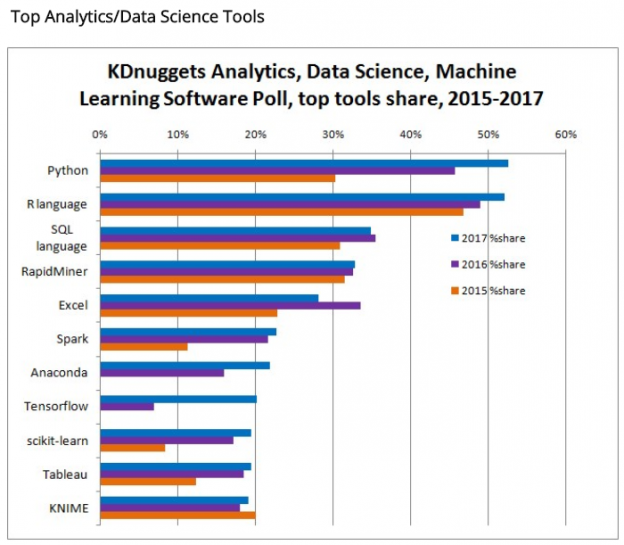
Today, data is the basis of any business. The world of enterprise computing is the epitome of data-driven businesses. The importance of structured storage of data is unquestionably in the focus. And at this time, with the computing model quickly shifting towards the cloud, and storage costs falling rapidly, enterprises are leveraging data more and […]

SQL has many cool features and aggregate functions are definitely one of these features, actually functions. While they are not specific to SQL, they are used often. They are part of the SELECT statement, and this allows us to have all benefits of SELECT (joining tables, filtering only rows and columns we need), combined with […]
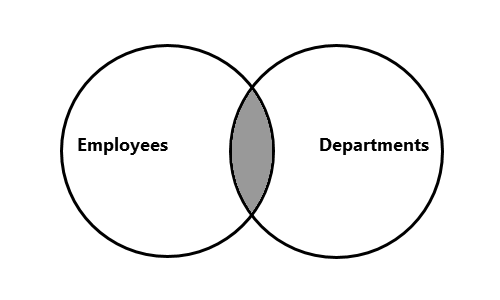
SQL join multiple tables is one of the most popular types of statements executed while handling relational databases. As known, there are five types of join operations: Inner, Left, Right, Full and Cross joins.
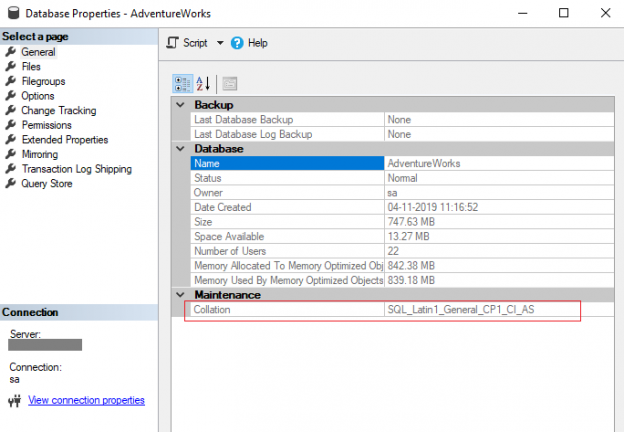
SQL Server collation refers to a set of character and character encoding rules, and influences how information is stored according to the order in the data page, how data is matched by comparing two columns, and how information is arranged in the T-SQL query statement. Collate SQL follows rules applied on a table when Select, […]

If you want to get something meaningful out of data, you’ll almost always need to join multiple tables. In this article, we’ll show how to do that using different types of joins. To achieve that, we’ll combine INNER JOINs and LEFT JOINs. So, let’s start.
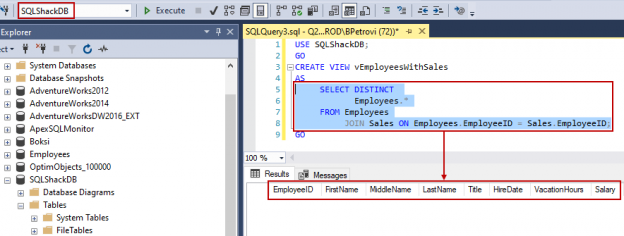
Introduction In this article, we are going to see how to use the CREATE VIEW SQL statement to create a view. This is the first article in a series that will be a programmatical approach of creating, altering and working with views using T-SQL. If you are a beginner and you don’t even know what […]
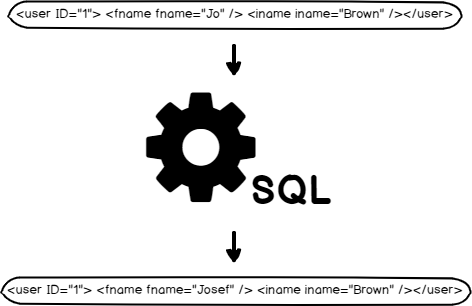
XQuery is a query language for XML. XML is a markup language that provides software and hardware-independent way of storing, transporting, and sharing data. In this case, XML documents are stored in a SQL Server database. XQuery is used to manipulate, find and extract information stored in the XML format. It’s analogous to SQL for […]
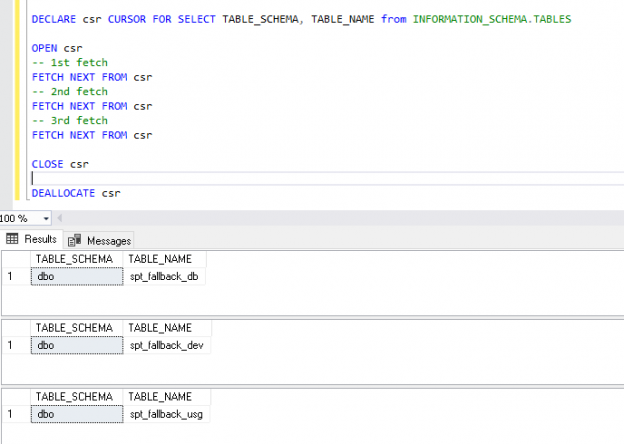
SQL cursor is one of the most popular database objects. It is used to retrieve data from the result set of an SQL query one row at a time. Even if the cursor is not recommended from a performance perspective, they are still widely used especially when handling a small amount of data.

One of the most important things in databases is to understand the types of relations in the databases. That stands for both – a process of designing a database model as well as when you’re analyzing your data. Understanding these relations is somehow natural and not so complex but is still essential in the database […]
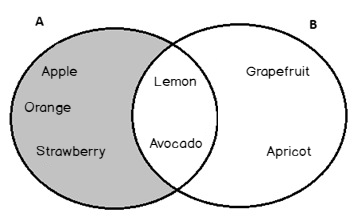
In this article, we will describe the relation between the Set Theory and SQL Server Set Operations

I can hardly imagine making any complex database changes without using SQL scripts. We actually used them in this series so far, but we haven’t pointed out what they actually are. Today we’ll stand up against that injustice. Sit back, relax, and get ready to learn something new and useful.
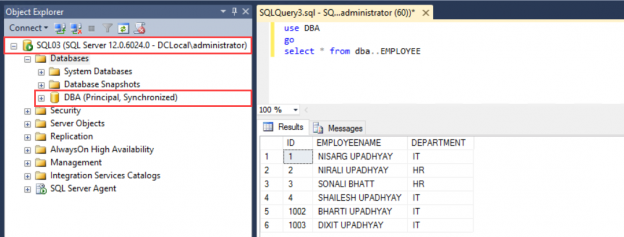
In this article, I am going to explain how we can use the SQL Server Express edition for the SQL witness server of the database mirroring setup. Database mirroring is a cost-effective and easy to configure high availability solution. Unfortunately, this feature has been deprecated, but still, some organizations use database mirroring as a high […]
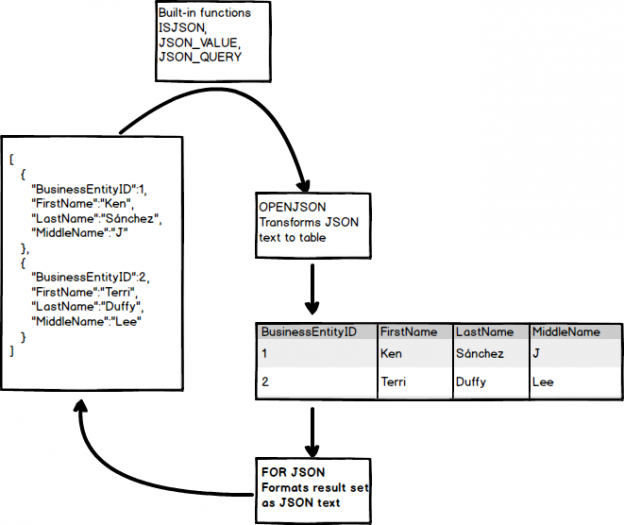
This article explores the process of JSON data import in the SQL Server table using T-SQL and SSIS.
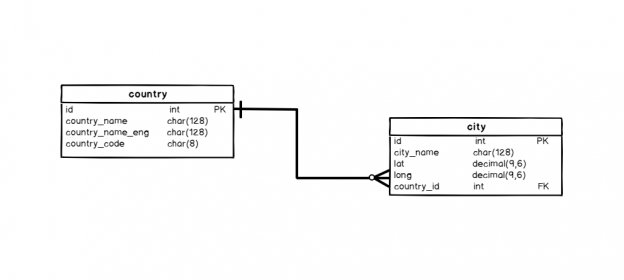
INNER JOIN vs LEFT JOIN, that is the question. Today, we’ll briefly explain how both of these two join types are used and what is the difference. We’ll go through this topic again later when we’ll expand our model and be able to write much more complex queries.
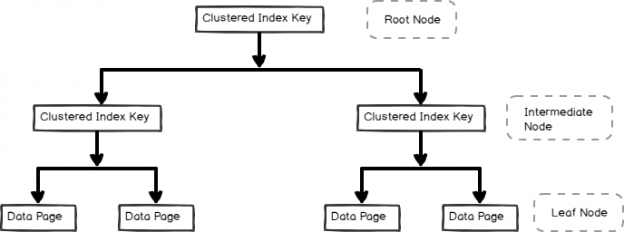
This article gives an introduction of the non-clustered index in SQL Server using examples.
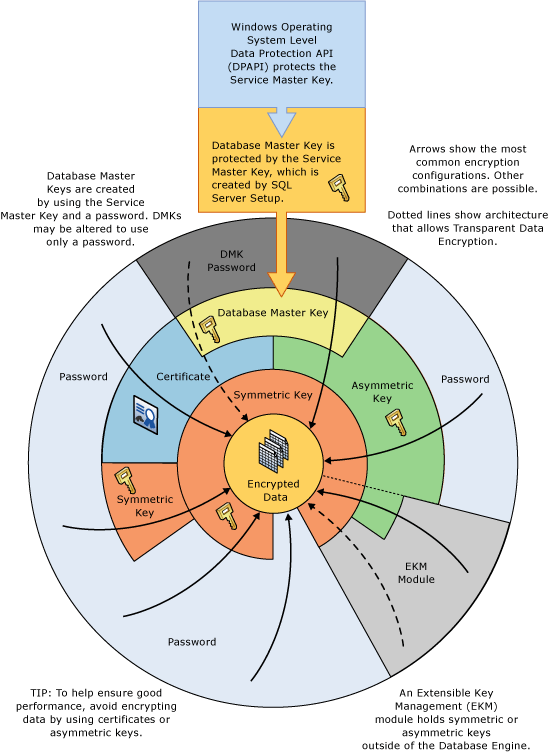
This article gives an overview of column level SQL Server encryption using examples.
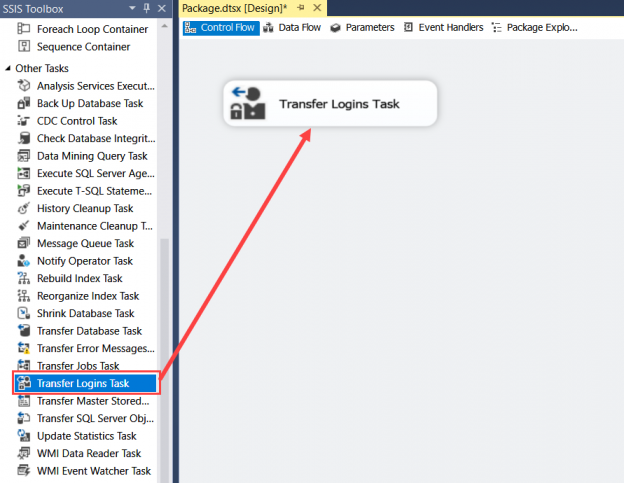
In this article, I am going to explain how we can transfer logins to the secondary replica of the Always On availability group using sp_help_revlogin and Transfer Logins Task of the SQL Server Integration Services package.
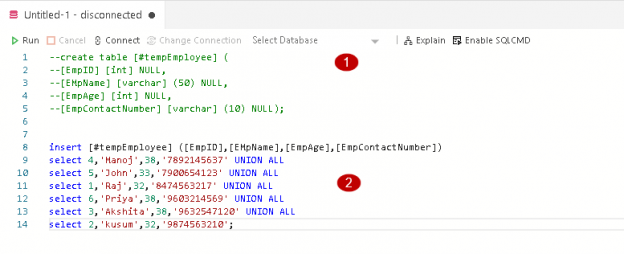
This article explores different ways to generate data scripts using Azure Data Studio and SQL Server Management Studio.
© Quest Software Inc. ALL RIGHTS RESERVED. | GDPR | Terms of Use | Privacy